Not all galaxies are created equally. Some are much smaller and fainter than their larger counterparts, containing fewer stars by several orders of magnitude. But, this doesn’t mean those small galaxies are any less important in our understanding of the Universe and how it has evolved since its early epochs.
These ‘dwarf galaxies’ are the most abundant form of galaxy in the Universe but are tougher to spot than larger galaxies due to the fact they are far less bright. The majority of dwarf galaxies are spotted in galaxy clusters, and as companions to larger galaxies– often referred to as ‘satellite galaxies.’
Understanding the development of these dwarf galaxies and their interactions with larger galaxies like our own Milky Way could be key not only to modelling cosmic history but could also prove crucial to predicting the shape the Universe will take in the future.
Dwarf Galaxy: Shapes and Sizes
Dwarf galaxies are believed to be created by the gravitational forces of larger galaxies during their formation or when larger galaxies collide, as will happen with the Milky Way, our galaxy, and its neighbour–the Andromeda galaxy–in billions of years.
These collisions cause streams of gas, dust, and even stars to be ripped out of the colliding galaxies. Much of this goes on to be reincorporated into the galaxy created by the collision, but some could create dwarf galaxies that remain in orbit around this galaxy.
The key difference between dwarf galaxies and regular galaxies is the number of stars these respective collections of stellar objects, gas, dust, and dark matter contain.
Whereas full-size galaxies like the Milky Way can contain hundreds of billions of stars, dwarf galaxies can contain anywhere between a few billion stars or far less
The ultrafaint dwarf galaxy Segue 2 is one of the most diminutive dwarf galaxies, containing somewhere in the region of as few as 1,000 stars. Segue 2 is 900 times as bright as the sun, but is 20 billion times less bright than the Milky Way.
Dwarf galaxies aren’t just limited in terms of stellar populations, however. While they come in similar shapes to their larger cousins, the range of shapes that they take is smaller.
Dwarf galaxies come in three major shapes:
Dwarf elliptical galaxies have a lot of the same qualities as regular-sized elliptical galaxies, albeit on a smaller scale. These dwarf galaxies contain very little gas–the raw material for star formation–and as a result, are devoid of recent star birth.
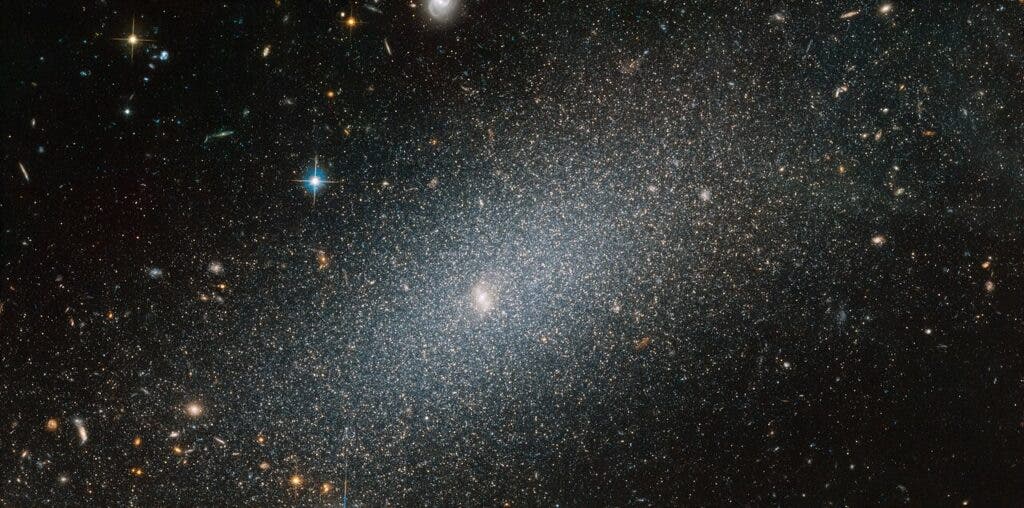
Dwarf elliptical galaxies contain stars with a collective mass of between 10 million to a billion times that of the sun. These dwarf galaxies have diameters of between 3,000 to 30,000 light years. As a comparison, the Milky Way has a diameter of around 106,000 light years.
The stars in elliptical dwarf galaxies tend to have a lower content of heavier elements–referred to as ‘metallicity’ by astronomers. Because each subsequent generation of stars is richer in ‘metals’–elements heavier than hydrogen and helium–this implies that elliptical dwarf galaxies are quite ancient.
This means they are essentially ‘fossilised’ remnants of the early Universe, them an excellent place for astronomers to hunt for early generations of stars.
At the faint end of the brightness scale for dwarf elliptical galaxies are dwarf spheroidal galaxies. These are so dim we’ve thus far only spotted them in the local group–the cluster of 20 or so galaxies to which the Milky Way belongs.
More spherical in shape than elliptical dwarf galaxies, as the name suggests, these dwarf galaxies are also much smaller than most dwarf elliptical galaxies.
Dwarf spherical galaxies seem to have diameters of between 320 light years and 1600 light years. This constrained size limits the number of stars located in these dwarf galaxies. Most have stellar material equivalent to between 10 million and 100 million times the mass of the sun.
Irregular dwarf galaxies are another major shape that dwarf galaxies take, if lacking a distinctive structure and taking a chaotic appearance can be defined as a shape at all, that is. These dwarf galaxies are rich in gas and as such are sites of rapid star formation.
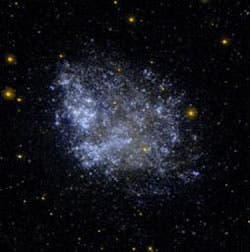
Dwarf irregular galaxies with the most intense and concentrated star formation are known as ‘Blue Compact Dwarfs.’ With diameters below 10,000 light-years, the unusually blue colour of these galaxies comes from hot recently birthed young stars.
Arguably the most familiar galaxy shape to us are spirals, understandable as this is the form that our own galaxy, the Milky Way, takes. Dwarf galaxies can also take on a spiral shape. They contain stellar material equivalent to around a billion suns.
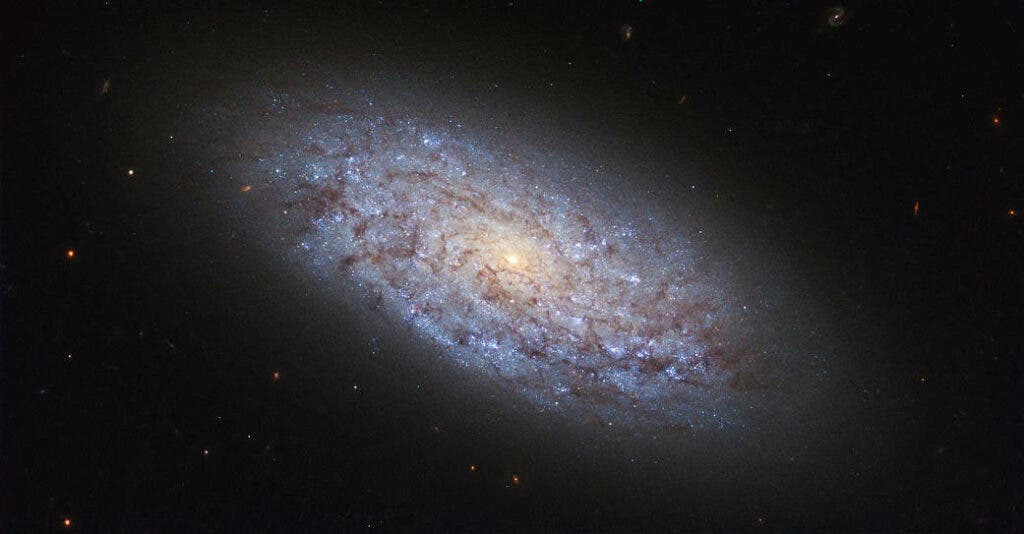
Spiral dwarf galaxies have diameters smaller than 16,000 light-years and low luminosities. They are also quite rare in comparison to dwarf elliptical galaxies and dwarf irregular galaxies.
Many astronomers think that spiral dwarf galaxies transform into dwarf ellipticals, especially when they are in tight galactic clusters.
The Milky Way’s Dwarf Galaxy Companions
Because of how faint they are, the majority of dwarf galaxies discovered by astronomers thus far exist in relatively close proximity to the Milky Way. Our galaxy is surrounded by as many as fifty smaller satellite galaxies.
Here are some of the most significant.
The largest of these and arguably the most infamous dwarf galaxy is the Large Magellanic Cloud (LMC), a satellite galaxy of the Milky Way located about 160,000 light-years away.
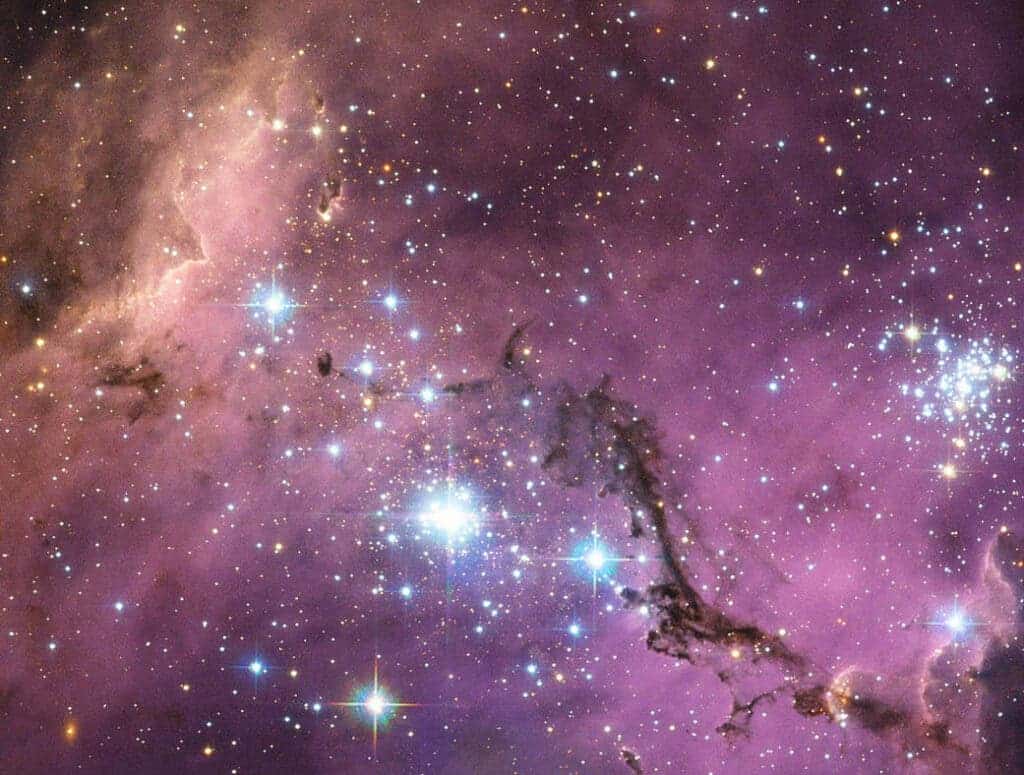
This gas-rich satellite dwarf galaxy which is one-hundredth the size of the Milky Way is ablaze with glowing star-forming regions or nebulae such as the Tarantula Nebula, the brightest ‘stellar nursery’ in proximity to the Milky Way. Astronomers believe that the LMC has an irregular shape due to the Milky Way and other galaxies pulling on it.
One of the closest dwarf galaxies to the Milky Way–just 50,000 light-years from our galaxy’s heart– is the Sagittarius Dwarf Spheroidal Galaxy, also known as Sagittarius Dwarf Elliptical Galaxy. This loop-shaped dwarf galaxy sits at the poles of the Milky Way and is 10,000 light-years in diameter.
Sagittarius Dwarf Spheroidal Galaxy consists of four smaller globular clusters, the brightest of which–M54–was discovered before the dwarf galaxy’s discovery in 1994.
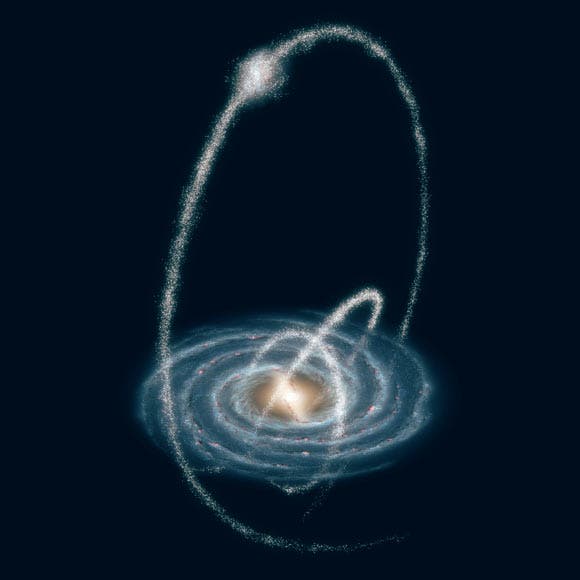
The Sagittarius Dwarf Spheroidal Galaxy is a great example of how dwarf galaxies can have an influence on the larger galaxies they orbit.
In 2018 researchers at the European Space Agency’s (ESA’s) Gaia Project discovered that between 300 to 900 million years ago the Sagittarius Dwarf Spheroidal Galaxy caused the stars at the heart of the Milky Way to ‘ripple’ as it moved past our galaxy.
Scientists have even proposed that the Milky Way’s spiral arms could have been generated after two collisions with the Sagittarius Dwarf Spheroidal Galaxy. This violent interaction could have also driven this dwarf galaxy into a streaming long loop-like shape as it is currently seen.
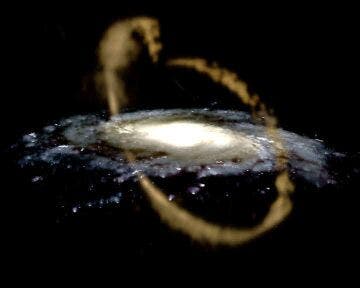
and 2001, University of Geneva, IAC)
The first dwarf galaxy discovered by astronomers was unsurprisingly a satellite of the Milky Way. The Sculptor dwarf galaxy located 300,000 light-years away was first observed by Harlow Shapley in 1937.
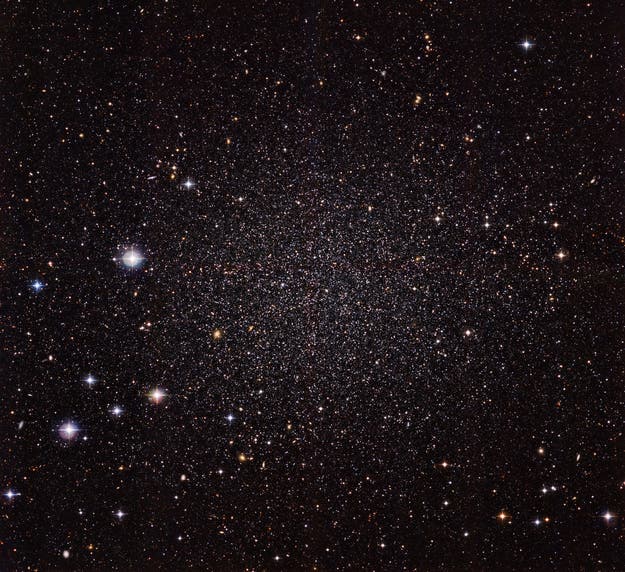
And these small clusters of stars, gas, and dust, are still delivering surprises.
Until recently the common consensus among astronomers and astrophysicists was that dwarf galaxies didn’t have supermassive black holes, which are believed to lurk at the heart of most larger galaxies.
That idea was challenged by the discovery that the dwarf galaxy Mrk 462 hosts a supermassive black hole with a mass equivalent to 200,000 times that of the sun which is still growing.
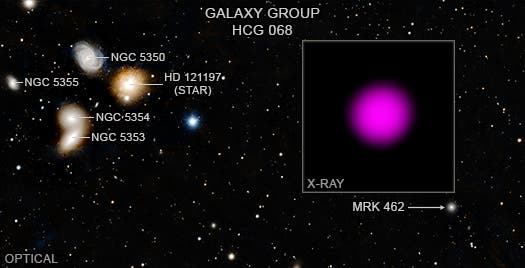
Our knowledge of these small groupings of stars has burgeoned in the near 9 decades since that discovery, and as a consequence so has our understanding of galaxies, the Universe, and the Milky Way’s place within it.


